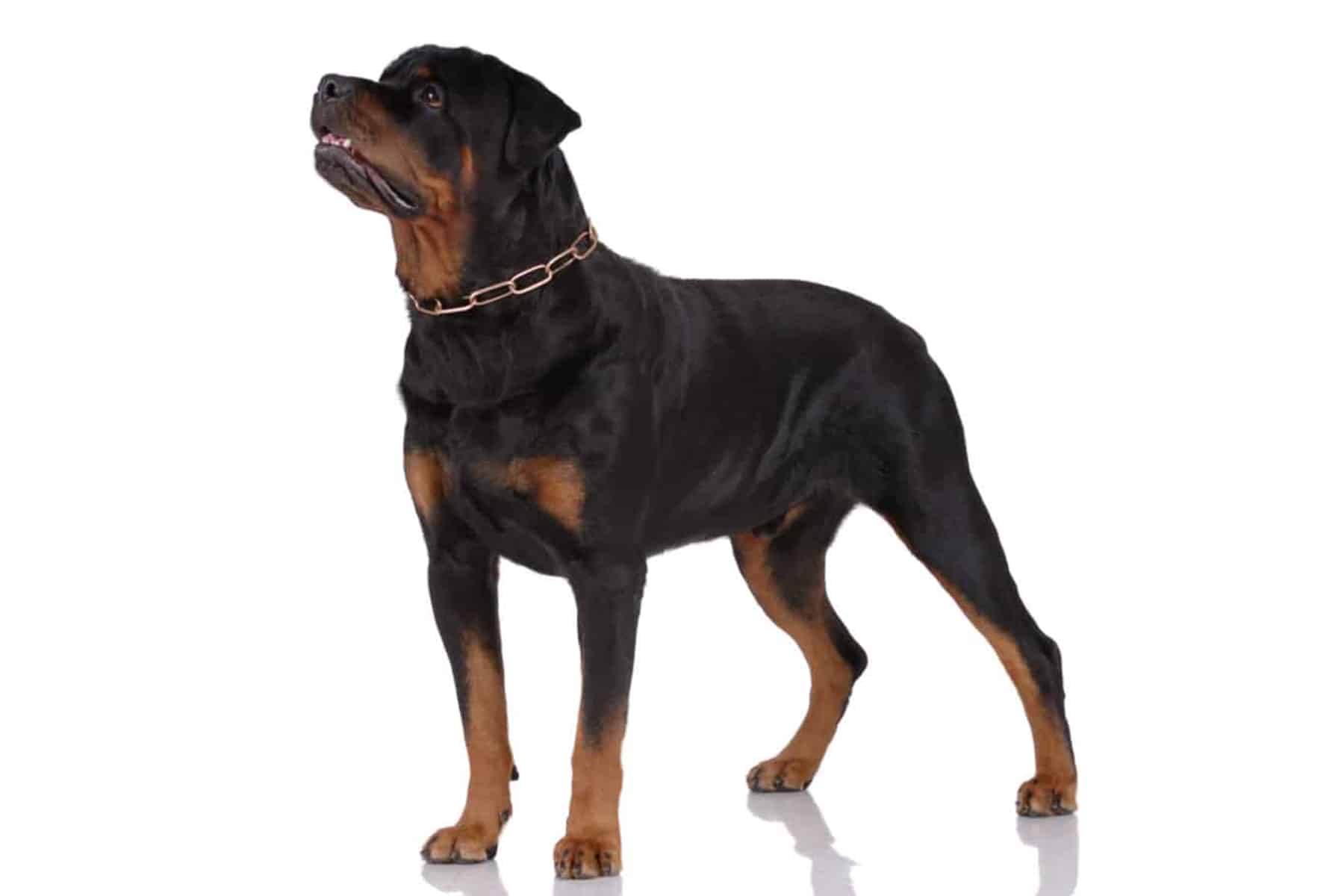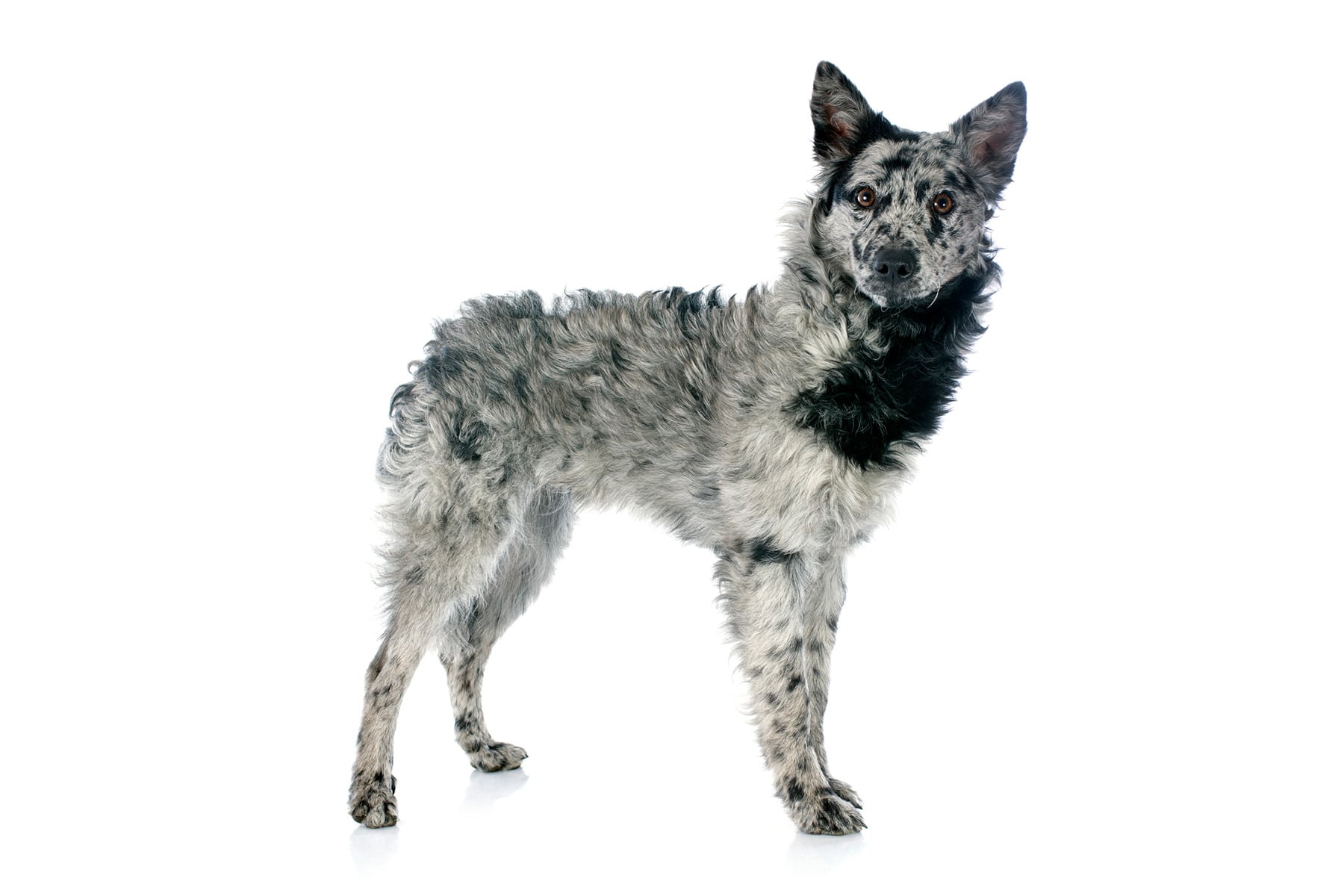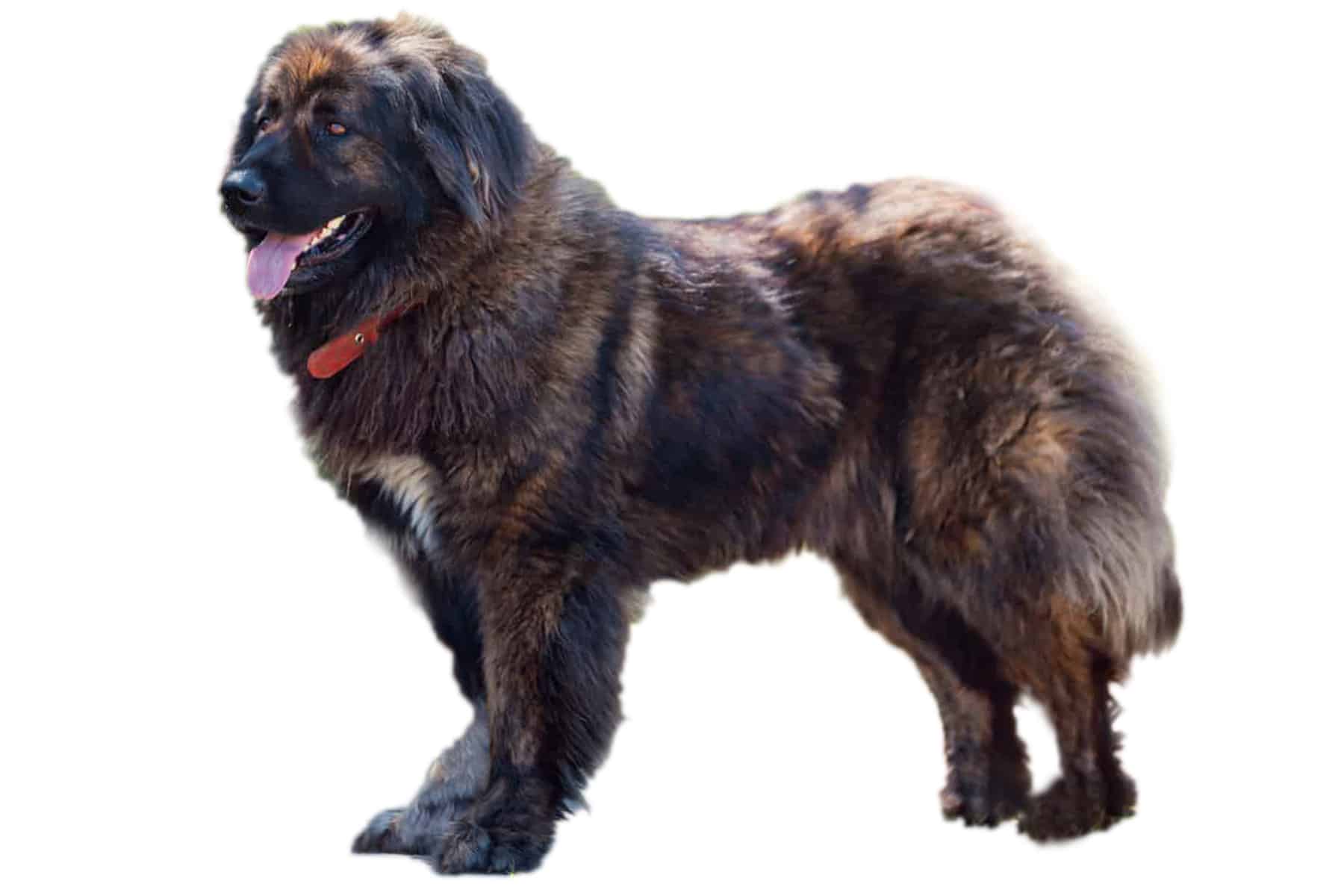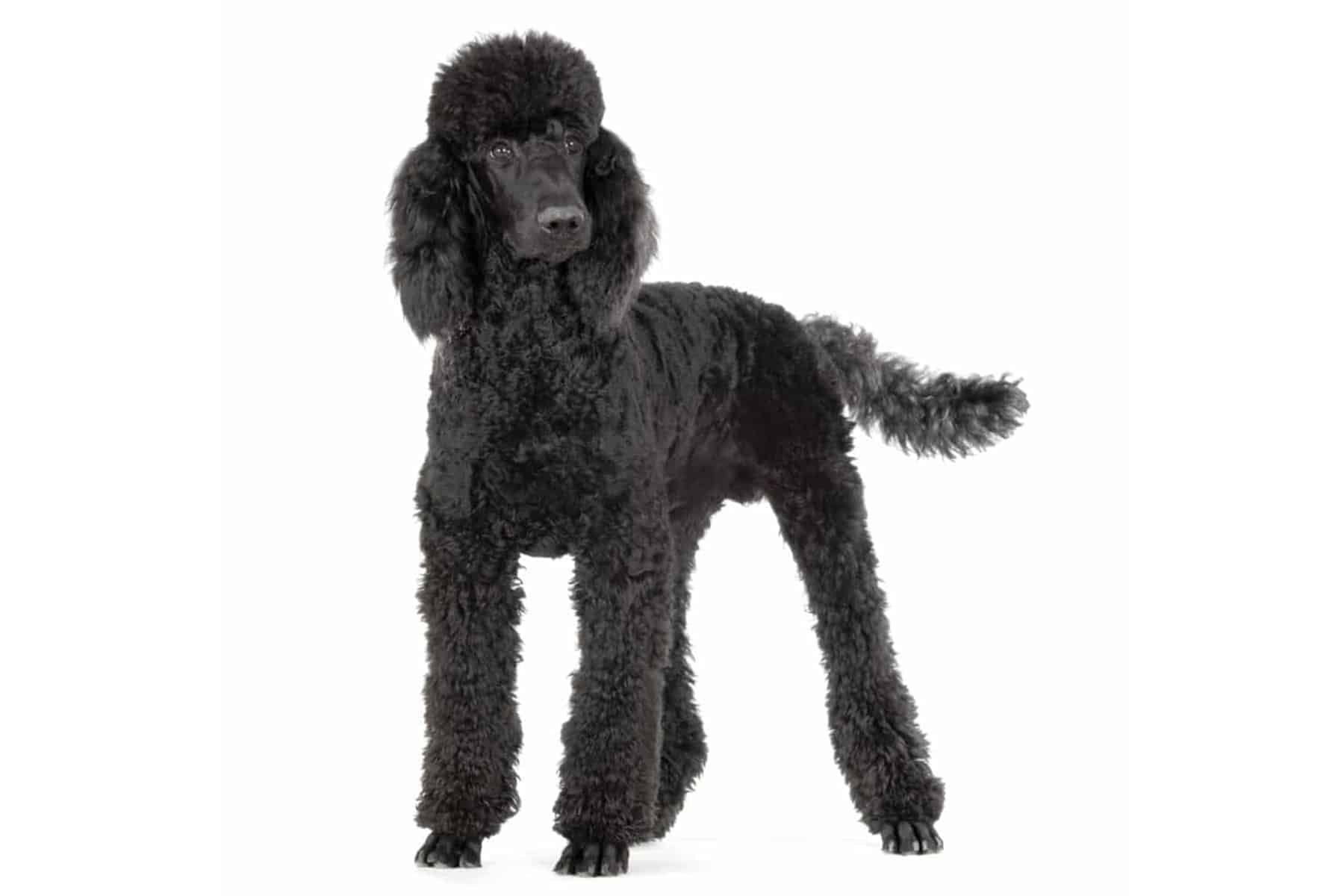Kooikerhondje
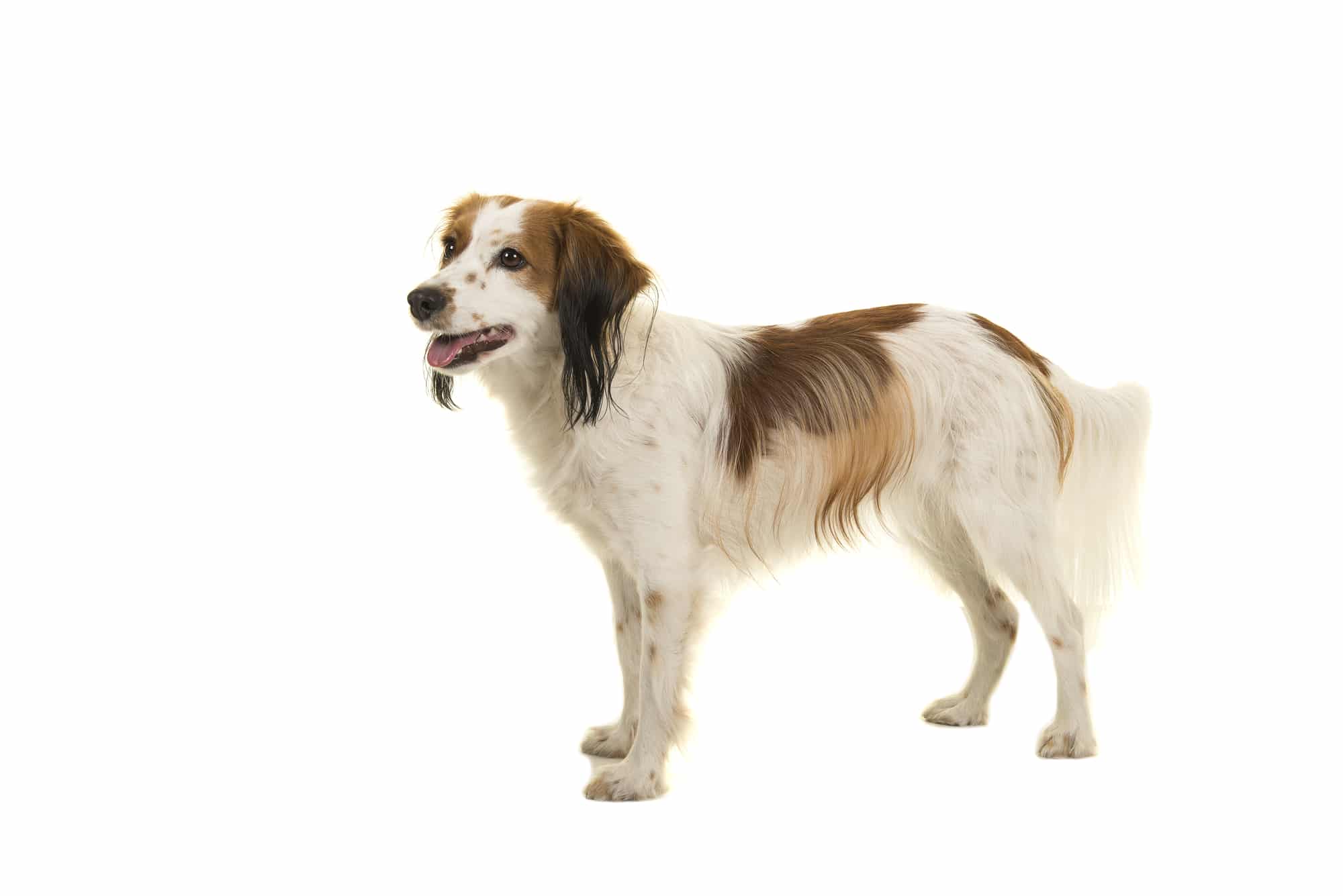
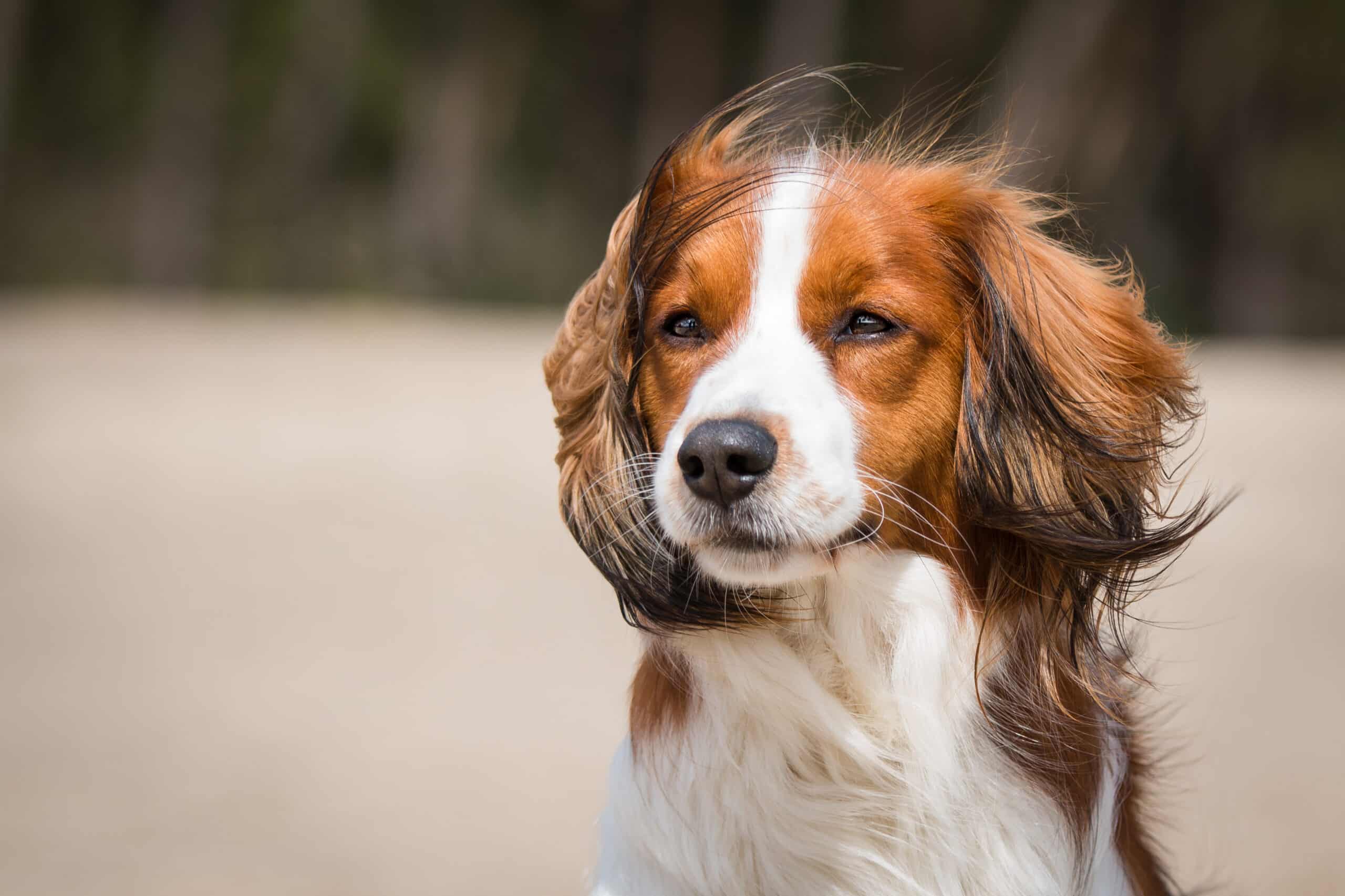
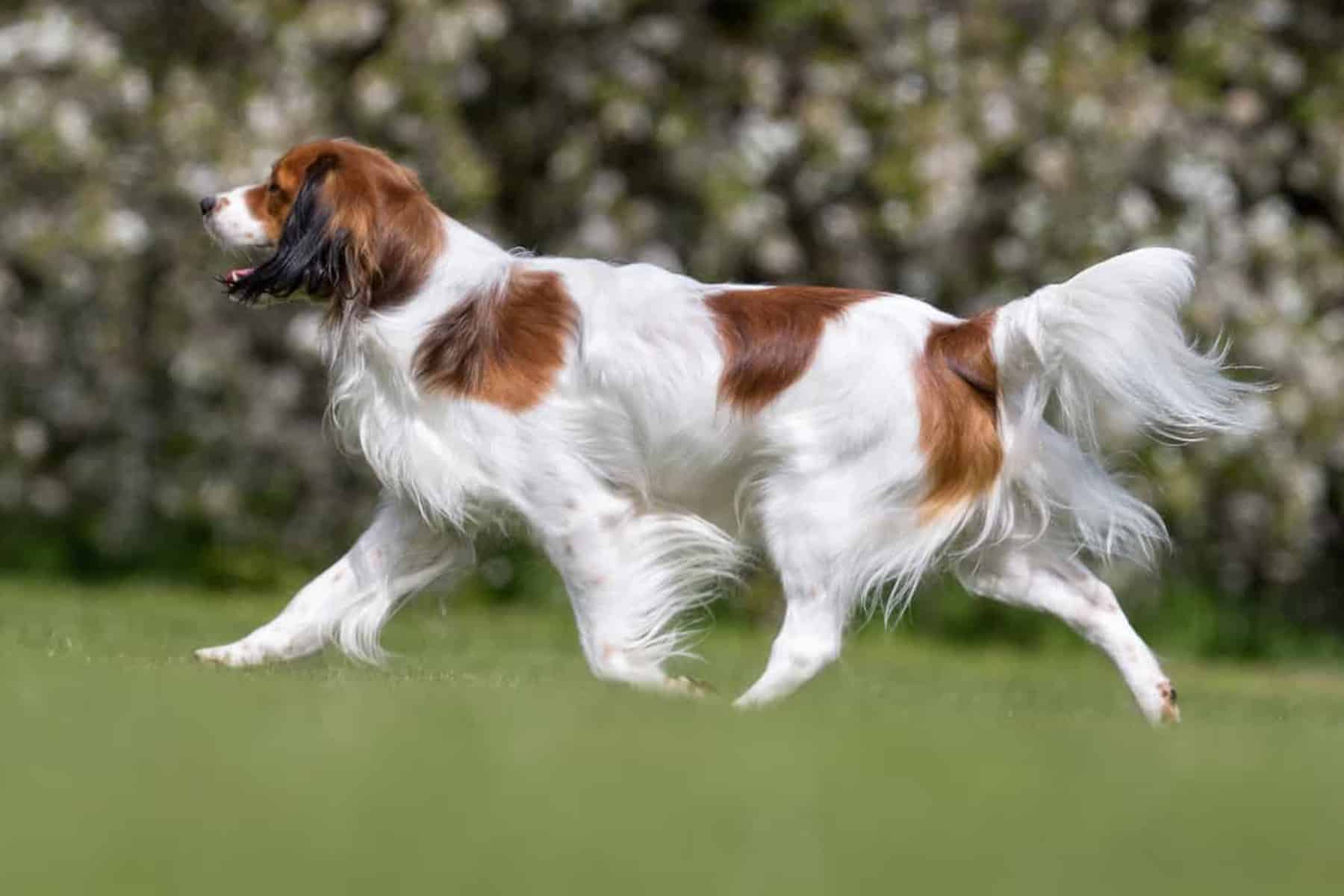

Temperament:
The Kooikerhondje is a dog breed that originally comes from the Netherlands. The full name of these cute four-legged friends is therefore "Nederlandse Kooikerhondje". The breed is recognized by the FCI and is assigned to Group 8 (Stöberhunde). The Kooikerhondje is a very old breed. It is well suited for beginners and has many positive character traits.
Characteristics
With a shoulder height of approx. 35 to 40 cm, these dogs belong to the small to medium-sized breeds. Their average weight is around 9 to 11 kg. The life expectancy of these good-natured four-legged friends is around 12 to 14 years, which is quite high. The Kooikerhondje is a small to medium-sized dog with a compact build.
The main feature of these pretty four-legged friends is their uniform, cute appearance. The dogs have a well-formed head with loyal dark eyes. The animals' long floppy ears hang down low. They are covered with long, mostly black hair. This is a striking visual feature of the dogs.
The coat of the lively Kooikerhondje is white with large orange-brown patches. The base color is always white. The size and arrangement of the patches can vary. The head is usually also orange-brown in color. White markings can often be seen on the forehead or around the muzzle.
The coat texture is very soft and silky. The hair is usually smooth or slightly wavy and of about medium length. Overall, the small four-legged friend looks friendly and good-natured.
The Kooikerhondje has developed from a real workhorse into a loyal companion dog in a short space of time. It is an excellent family dog and impresses with its cheerful and open nature. The Kooikerhondje is considered to be particularly easy to care for and adaptable.
The dogs are easy to train and can be led by their owner. They enjoy living with their family and adapt quickly to new circumstances and conditions. They are very trusting and self-confident. This has the advantage that they show no insecurity or shyness when interacting with people. They do not find it difficult to build up trust in people. This is a real advantage when training these agile animals.
The Kooikerhondje is also ideal for families with small children. Even if these cute furry friends feel at home with the family, problems can arise, especially with newborns and small children, as these dogs are sometimes sensitive to noises and touch.
Basically, the dogs have no recognizable peculiarities. They have a positive charisma and spread a good mood. Nevertheless, the dogs are very temperamental, but can be kept under control very well.
As they are former hunting dogs, they still have a strong hunting instinct. The dogs need plenty of exercise and time outdoors. Long walks in the countryside are just the thing. The dogs also love to run around a lot and freely. They pick up the scent of other animals and explore their surroundings. This is how they make friends.
These loyal companions want to be kept busy whatever the weather. If long walks outside are not possible, another activity should be found for the animal. Dog sports, for example, are a good option here. This is practiced by the animals with success and enthusiasm.
Playing extensively with dog toys is another way to keep your dog busy. The Kooikerhondje loves to fetch, so ball games are well suited. These dogs are also very docile and intelligent. They can learn many tricks. The animals want to be challenged. As a dog owner, you should do this as much as possible.
Coat care:
Shedding:
Energy level:
Trainability:
Children suitable:
The right food
When choosing food, make sure that it contains high-quality ingredients, is balanced and meets your dog's requirements. Age, size or weight, activity and health status play an important role. You should follow the manufacturer's recommendations for the amount of food.
Treats should only be fed in moderation and deducted from the basic diet to avoid obesity.
Puppies can be fed 4-6 times a day. The number of meals should be gradually reduced to 2 per day until the dog is fully grown. A rest period should be observed after meals.
Fresh drinking water should be available at all times.
Some allergies are widespread among dog breeds. If an allergy is present, the animal's diet must of course be changed. This is then somewhat more difficult. However, the dog can still be fed a healthy diet thanks to the various alternatives. If an allergy is suspected, this can be clarified by a test at the vet.
Robust dogs generally have a long life expectancy and usually stay healthy. The situation is different with animals from dubious breeders. As inbreeding is often practiced, the animals suffer from a number of serious hereditary diseases. Epilepsy, necrotizing myelopathy and eye diseases are widespread. In order to spare the animal this suffering, it is very important to take a close look at the breeder and the breeding conditions before buying the animal. The origin of a dog can determine its fate.
Health & Care
The Kooikerhondje is a low-maintenance dog. Regular brushing is sufficient to keep its beautiful coat clean and well-groomed. Occasionally it should be bathed with a dog shampoo.
For this sensitive breed, a close bond with its owner is very important. This need must be nurtured. The sensitivity of these dogs should also be taken into account when training them. Consistency always plays an important role in training. However, it should never be confused with harshness or severity. The dogs must not be frightened or intimidated. Instead, rules should be established and enforced in a cheerful and loving manner.
The Kooikerhondje always wants to please its owner. It takes direction well and is therefore relatively easy to train. No special knowledge of dog training is required. It is therefore also suitable as a pet for beginners and novices. However, as with all dogs, consistent training is recommended from puppyhood onwards.
Suitable accessories
In principle, the breed makes no special demands on its habitat. The animals can be kept both in the countryside and in the city. However, attention must be paid to daily exercise. Due to their size, Kooikerhondje can also be kept in apartments.
They should have their own feeding and sleeping area. This is important so that the animals have their own safe retreat. Here they can recharge their batteries and find peace and quiet.
As dogs are very playful and intelligent at the same time, dog toys should be purchased. Balls or frisbees are particularly suitable. These can be used for fetching. Various games of skill are also suitable for this breed of dog. This keeps the animals busy and encourages them at the same time.
Other accessories that are part of every dog's basic equipment: collar or harness with lead, tick tweezers, claw clippers, mild dog shampoo, brush and comb, toothbrush and toothpaste for dogs, transport box for transportation in the car and a first aid kit. Ask your vet what belongs in the first aid kit.
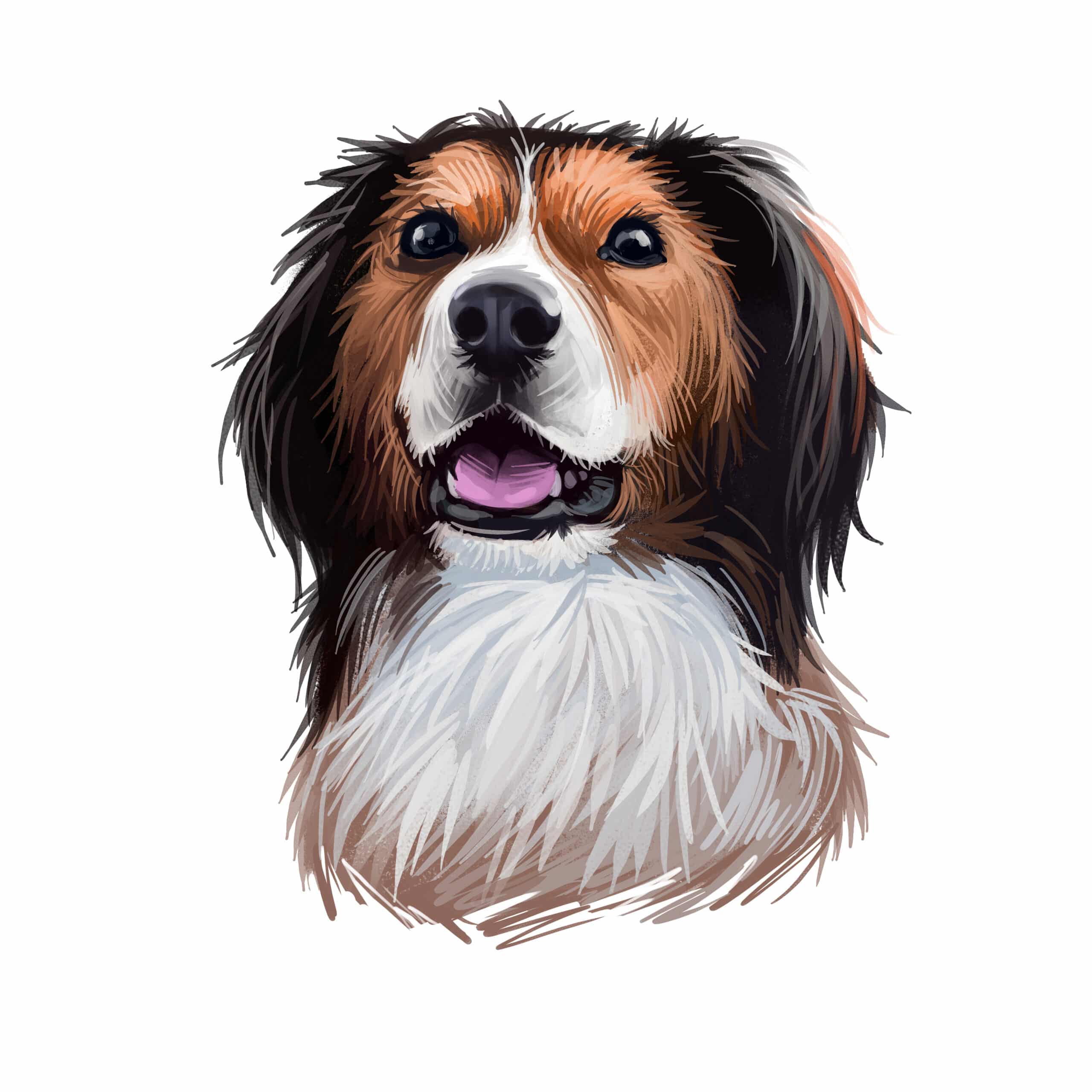
Origin & History
As the name suggests, these lovable dogs have their origins in the Netherlands. Their history goes back a long way. Early reports even mention the existence of these dogs in the Middle Ages.
The name of the dog breed is derived from the Dutch word "Kooi". This word refers to a bird catcher. The Kooikerhondje was already a passionate hunter back then. Its behavior contributed significantly to the success of people hunting ducks. The small four-legged friend's behavior attracted the ducks to the trapping sites. There it was then easy for the hunters to kill the ducks.
The Kooikerhondje was already a very popular dog breed at that time because of its effective help in hunting and its cheerful nature. People held these dogs in high esteem. As early as the 16th and 17th centuries, the lovable Kooikerhondje were kept as family dogs. Their reputation among the population grew steadily.
With the ban on trained bird hunting, there no longer seemed to be any use for the Kooikerhondje. In the 1930s, the breed was even threatened with extinction. Nevertheless, breeding was carefully resumed in order to keep the breed alive.
Especially in recent years, small to medium-sized companion dogs have become very popular again. Unfortunately, there are more and more dubious breeders who want to make a quick buck with these small puppies. Much to the chagrin of the dogs. They are often sick at birth and grow up in catastrophic conditions. Special care should therefore be taken when buying such a dog.
